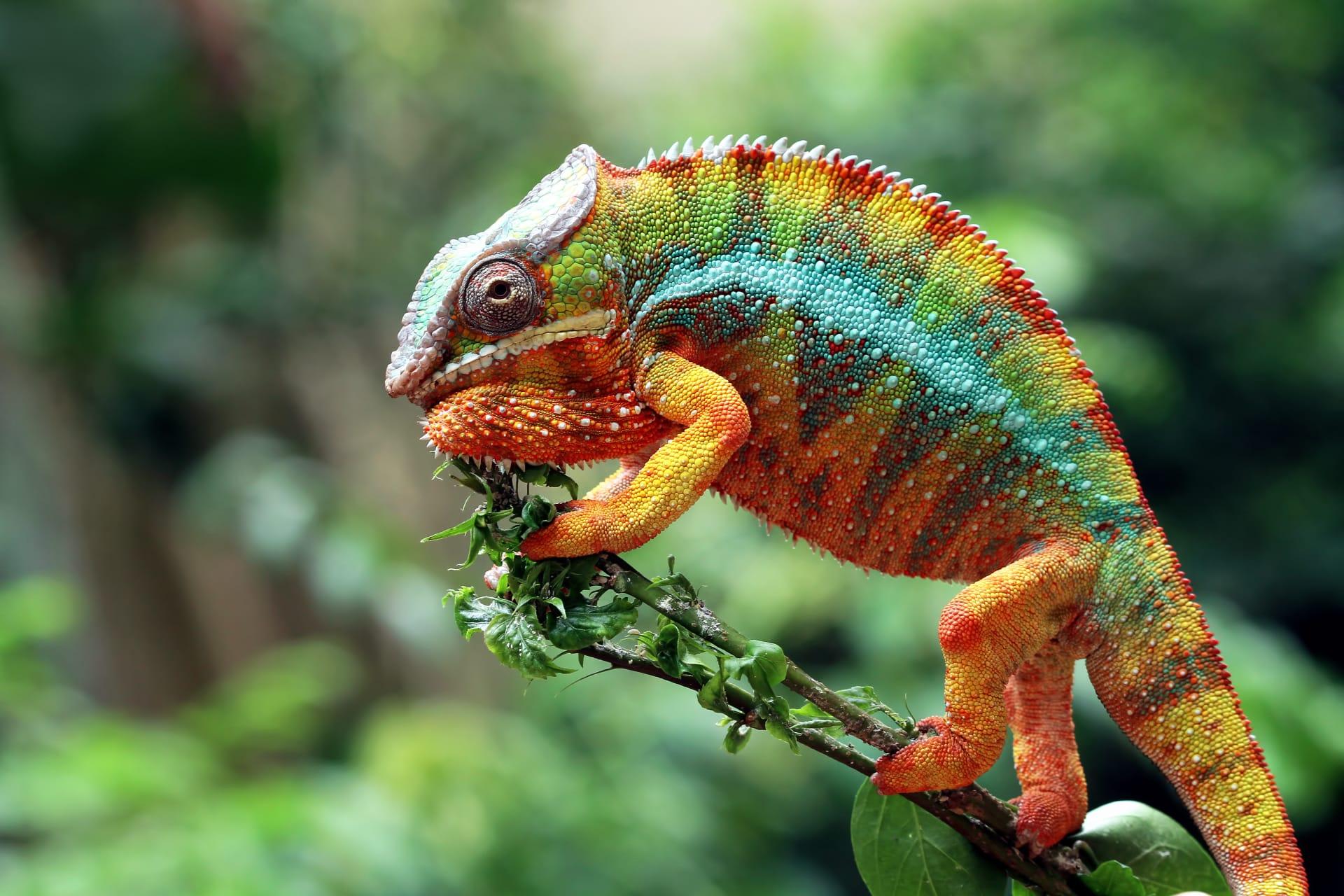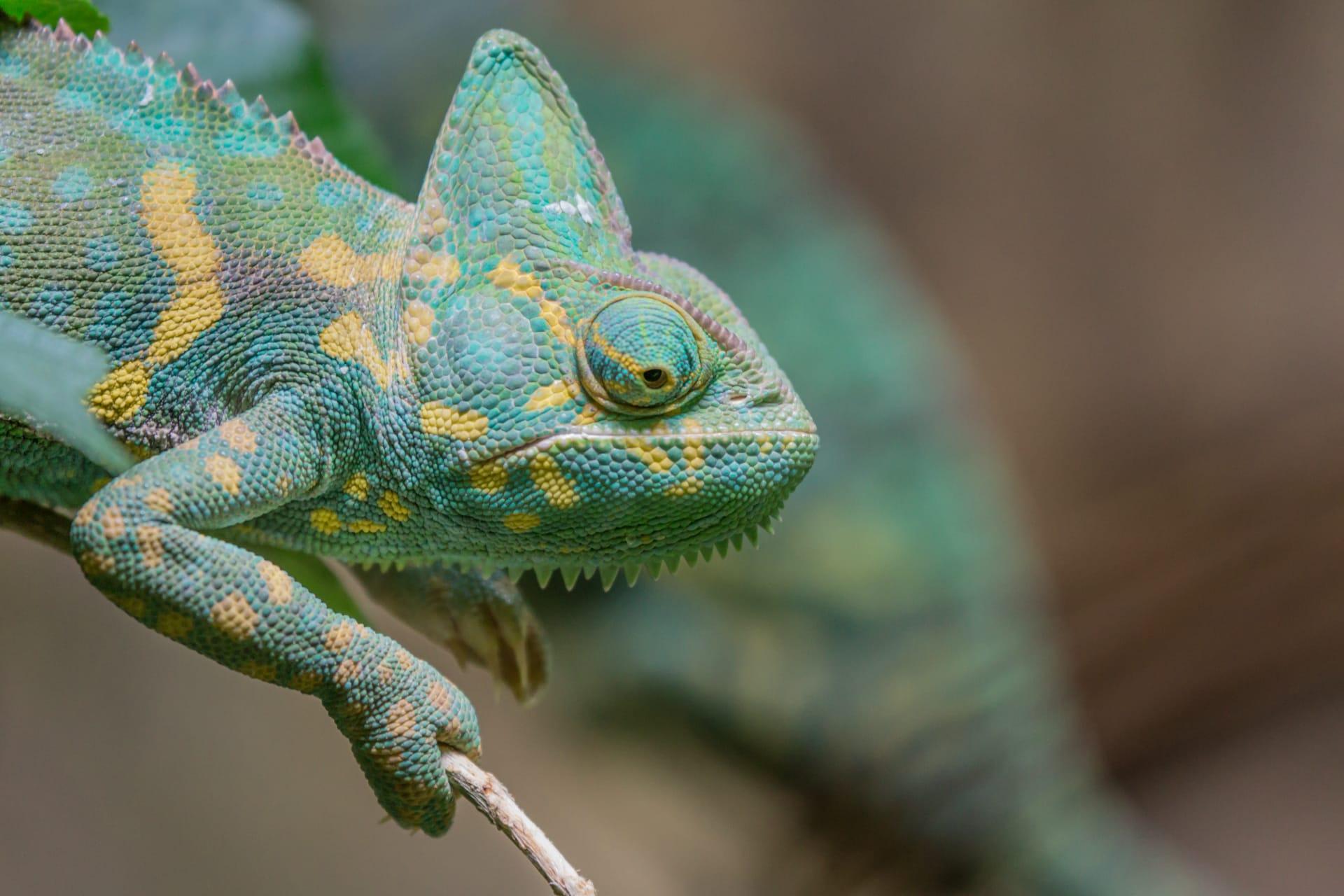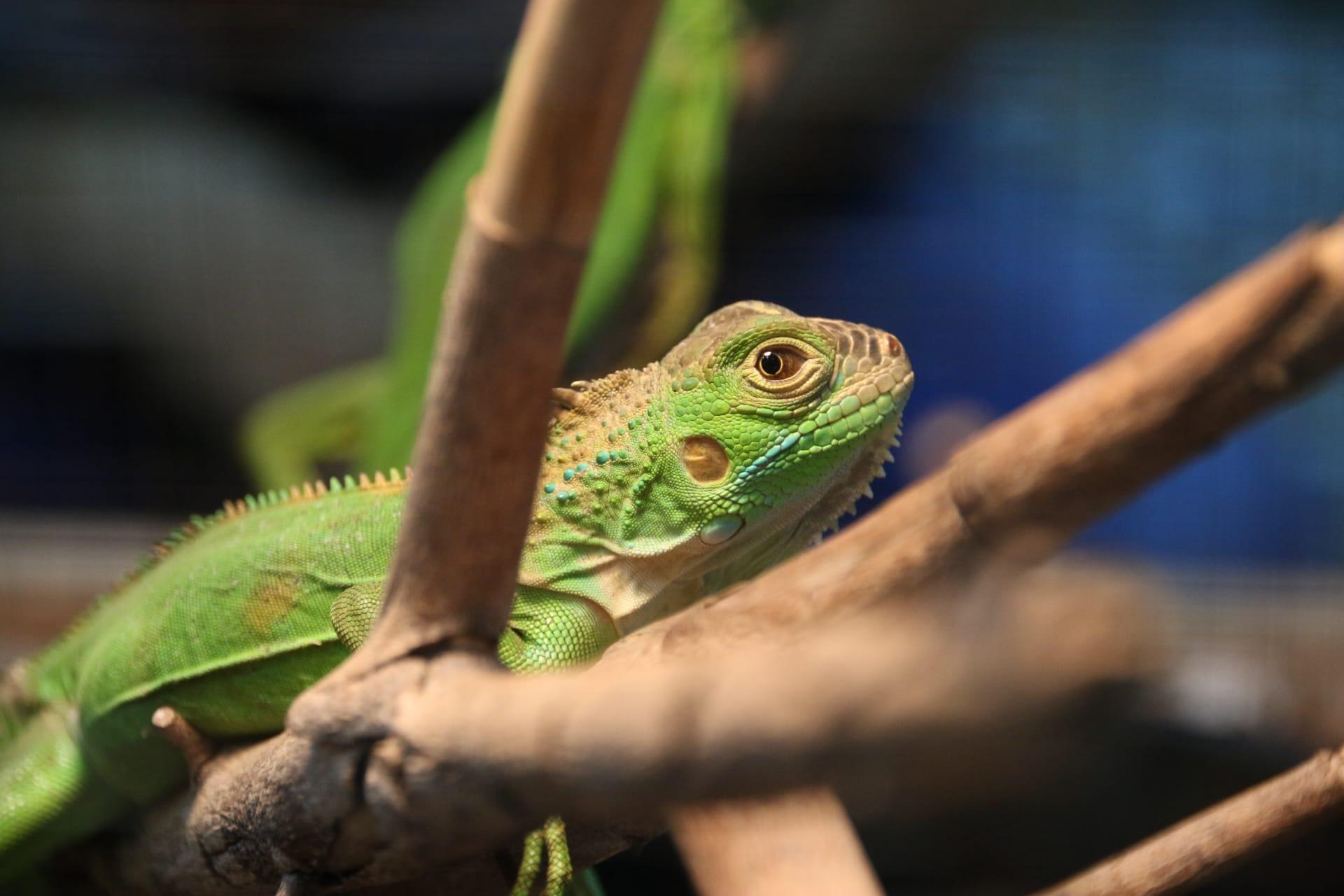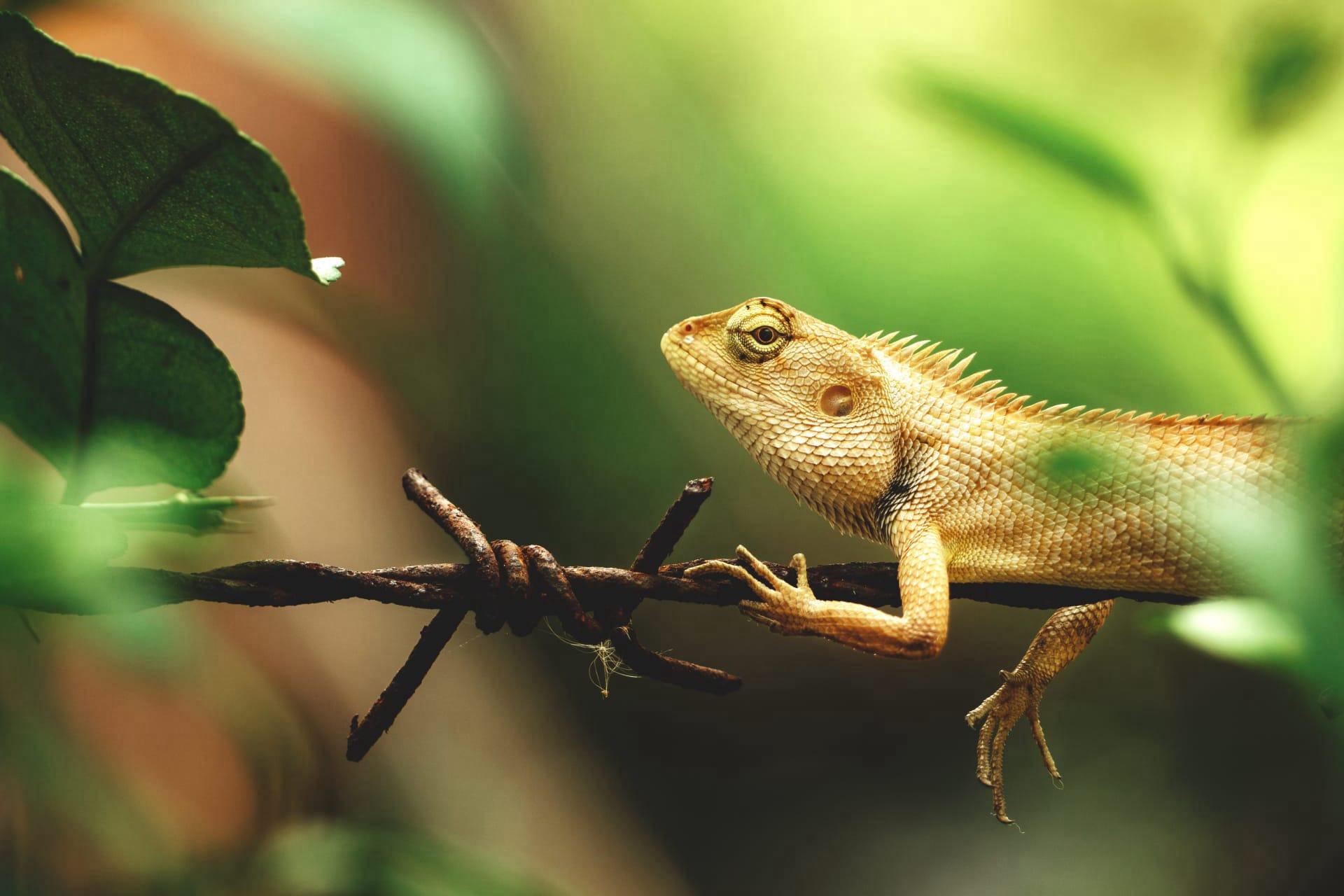Chameleon
- Home /
- Mini Encyclopedia /
- Animal /
- Chameleon
1
Chameleons are a distinctive and highly specialized clade of Old World lizards with over 202 known species. These species are divided into two subfamilies: Brookesiinae and Chamaeleoninae. The Brookesiinae subfamily, consisting of smaller species, is found mainly in Madagascar and Africa. The larger Chamaeleoninae subfamily is more widespread, covering Africa, the Mediterranean, Sri Lanka, southern India, and even extending to parts of the Middle East. Each species has its unique adaptations and characteristics, making them a diverse and fascinating group within the reptile kingdom.
Chameleons are predominantly found in a range of habitats from rainforests to desert conditions across Africa, Madagascar, southern Europe, and Asia. Madagascar is particularly rich in chameleon diversity, home to about half of the world's chameleon species. In Africa, they're spread from the Sahel to South Africa. Some species, like the common chameleon, even inhabit parts of southern Spain, Greece, and the Middle East. These remarkable reptiles adapt to their environments in various ways, making them successful inhabitants of their respective ecosystems.

2
Question: Do chameleons change color to blend in with their environment?
Answer: This is a common misconception. Chameleons primarily change color for communication and temperature regulation, not just for camouflage. Their skin contains specialized cells, chromatophores, that alter colors by expanding or contracting. These color changes are influenced by the chameleon's emotional state, exposure to light, and ambient temperature. For instance, a chameleon might turn darker to absorb more heat or display bright colors when agitated or courting. While camouflage does play a role, it's not the primary purpose of their color-changing ability.

3
Chameleons have several unique strategies for survival. One notable feature is their tongue, which can be as long as their bodies. This ballistic tongue can shoot out at high speeds, allowing them to capture prey like insects from a distance. Their eyes can move independently, giving them a 360-degree view of their surroundings - a critical advantage for both hunting and evading predators. Additionally, chameleons have a prehensile tail used for gripping branches, aiding in their arboreal lifestyle. These adaptations, combined with their ability to change color, make chameleons well-equipped for survival in their natural habitats.
Their slow and deliberate movements also aid in survival, reducing their visibility to predators and prey. Chameleons can move inconspicuously, blending into their surroundings. Their body structure, with a high casque on the head and a laterally compressed body, helps in mimicking leaves and branches. In terms of reproduction, many chameleon species lay eggs, while some give live birth, adapting their reproductive strategies to their specific environmental conditions.

4
In the ecosystem, chameleons play a significant role as both predators and prey. As insectivores, they help control insect populations, maintaining ecological balance. Their diet mainly consists of crickets, roaches, and other insects, which if left unchecked, could become overpopulated and damage the ecosystem. By controlling these insect populations, chameleons indirectly support plant life and the overall health of their habitats.
Chameleons also serve as an important food source for other wildlife. They are preyed upon by birds, snakes, and even larger mammals. This predation is a natural part of the ecosystem, contributing to the food web. Furthermore, chameleons are indicator species, meaning their presence, absence, or well-being in an environment can reveal the health of the ecosystem. Their sensitivity to changes in habitat and climate makes them valuable for monitoring environmental health.

5
Film: "The Secret Life of Chameleons" is a notable documentary produced in the United States in 2018. It offers an in-depth look into the unique world of chameleons, highlighting their incredible adaptations and behaviors. The film covers their habitat, diet, and the challenges they face in the wild, providing viewers with a comprehensive understanding of these fascinating creatures.
Book: "Chameleons: Nature's Hidden Jewels" by British author David A. Hardy, published in 2001, delves into the world of chameleons. It covers various aspects of their biology, behavior, and care in captivity. The book is richly illustrated, offering readers a visual feast along with insightful information about these unique reptiles.
Book: Another significant work is "The Chameleon Handbook" by French herpetologist Francois Le Berre, published in 2000. This book provides a detailed overview of chameleon species, their care in captivity, breeding, health issues, and conservation. It serves as an essential guide for anyone interested in these extraordinary reptiles, from casual enthusiasts to professional herpetologists.